Argyrotaenia pronubana
(Hübner, [1799])
-
 Subfamily: Tortricinae, Archipini
Subfamily: Tortricinae, Archipini -
 Wingspan: 14-22 mm
Wingspan: 14-22 mm -
 Flight period: Apr - Oct
Flight period: Apr - Oct -
 Spread: Common
Spread: Common -
 Host plants: Polyphagous
Host plants: Polyphagous
Information
The Cacoecimorpha pronubana also called Carnation Tortrix is a moth of the Tortricidae family, subfamily Tortricinae, with a wingspan of 14-22 mm.
In Europe it is absent from the central eastern area but is present in vast areas of the Mediterranean, including the Balearics and Cyprus.
In Italy it is also present in the islands. *
The Cacoecimorpha pronubana has sexual dimorphism in fact the male has an ocher-colored front wings with a transverse band
and margins of variable color, reddish-brown or blackish, while the female is lighter with a livery with a dark brown reticulum generally more uniform. **,***,****
The hind wings are usually orange with darker shades along the edge in males. **,****
The larva of the Cacoecimorpha pronubana is a foliar miner (initially), in fact at first it digs small mines on the leaves;
subsequently real erosions appear both on the shoots and on the leaves.
The affected shoots curve in a characteristic way; lastly the buds are affected which, in some rare cases, are emptied.
It overwinters at the stage of mature larva or chrysalis on affected plants. Adults emerge in the spring, generally, in April and after
mating lay the eggs in groups on the leaves, giving rise to generations that often overlap each other and in variable numbers
depending on the environmental conditions.
Normally there are four generations per year with the maximum activity between May / June and September / October.
The egg is light green, reticulated, oval and deposited in plates covered with mucilage with eggs superimposed on each other. **,****
The larvae vary in color according to age and vary from greenish-yellow to dark green, with a maximum size of 15-22 mm. **,****
The pupa of the Cacoecimorpha pronubana is 9-12 mm long and the color varies from dark brown to black. The cremaster is elongated and tapered,
with eight strong hooked spines. It's enclosed in a thick silk net. **, ****
The larva is polyphagous and feeds on countless plants, with a preference for Dianthus caryophyllus (carnation) as well as on Rosa where these moths create extensive damage,
so much so that the Italian government has decreed the compulsory fight with a Ministerial Decree. ***
* Lepidoptera mundi https://lepidoptera.eu/ - Fauna Europea https://fauna-eu.org/
** Bestimmungshilfe für die in Europa nachgewiesenen Schmetterlingsarten - http://lepiforum.de/
*** Istruzione agraria online - https://www.agraria.org/
**** Eurasian Tortricidae 2.0 - https://eurasian-tortricidae.linnaeus.naturalis.nl/
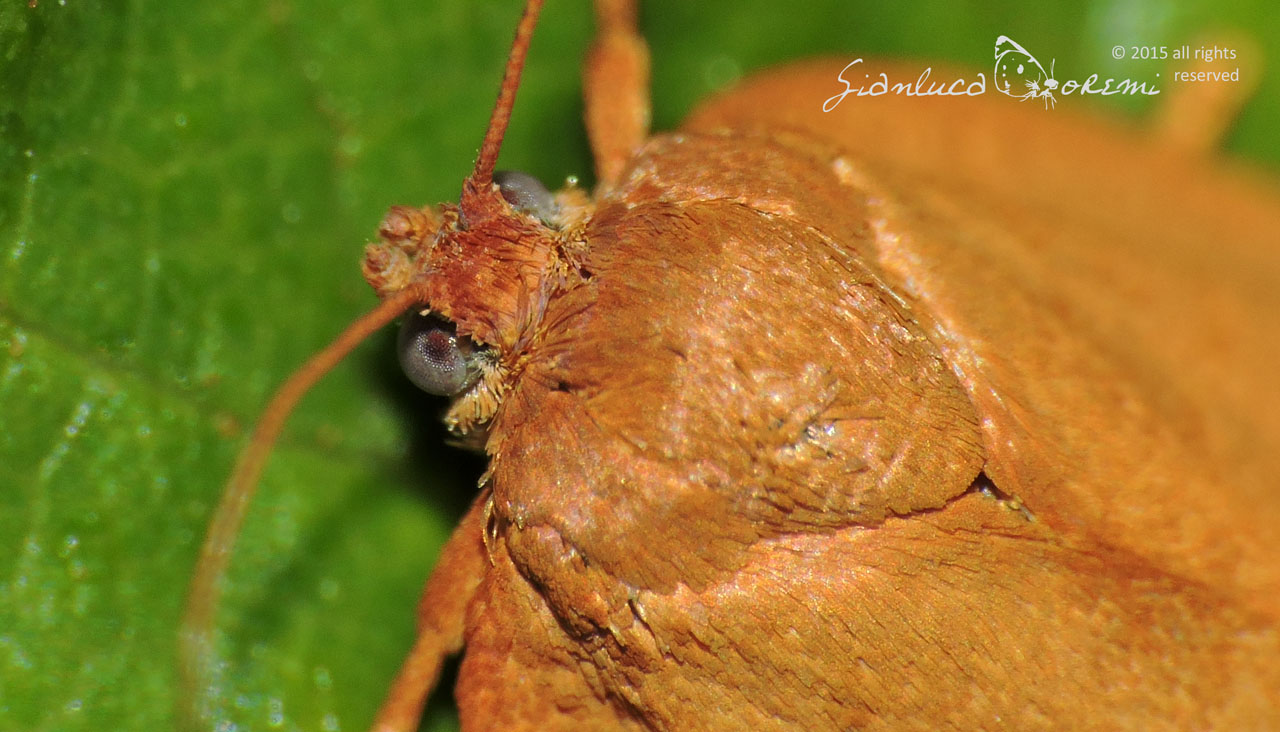

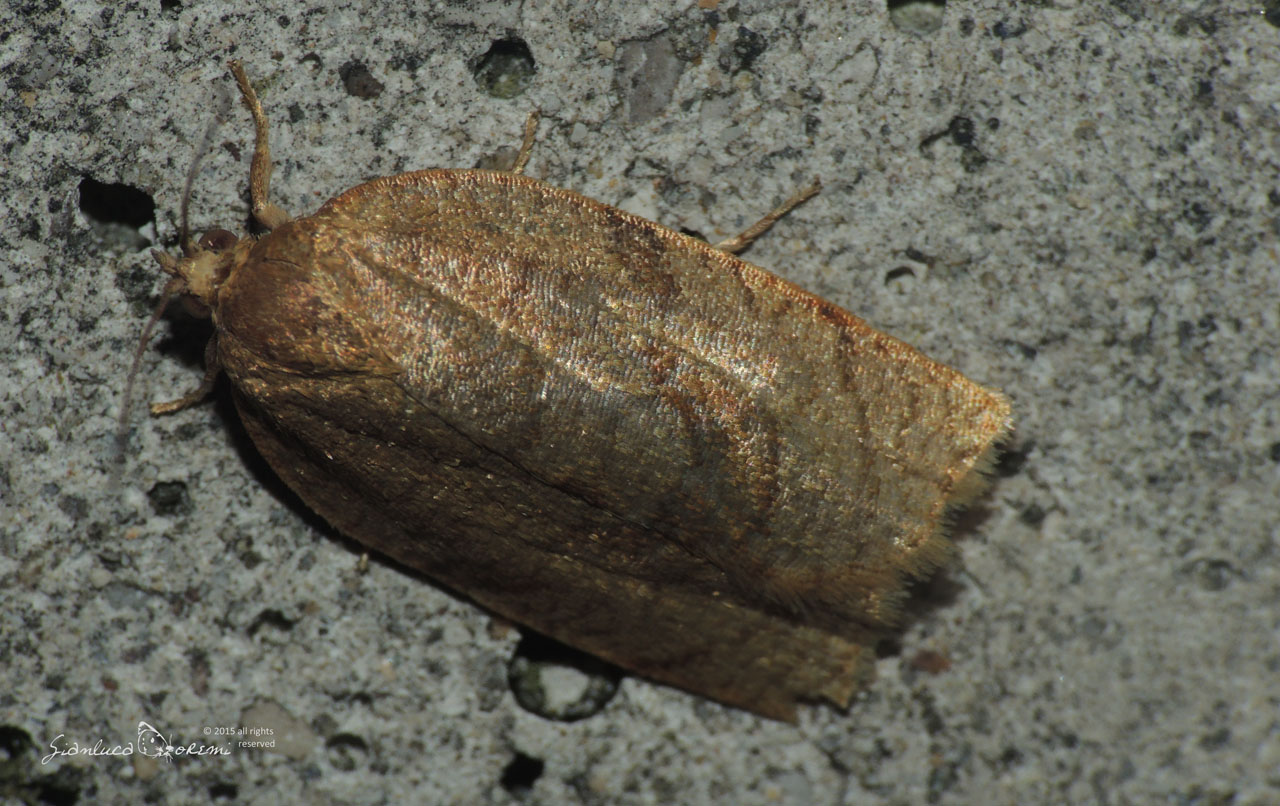
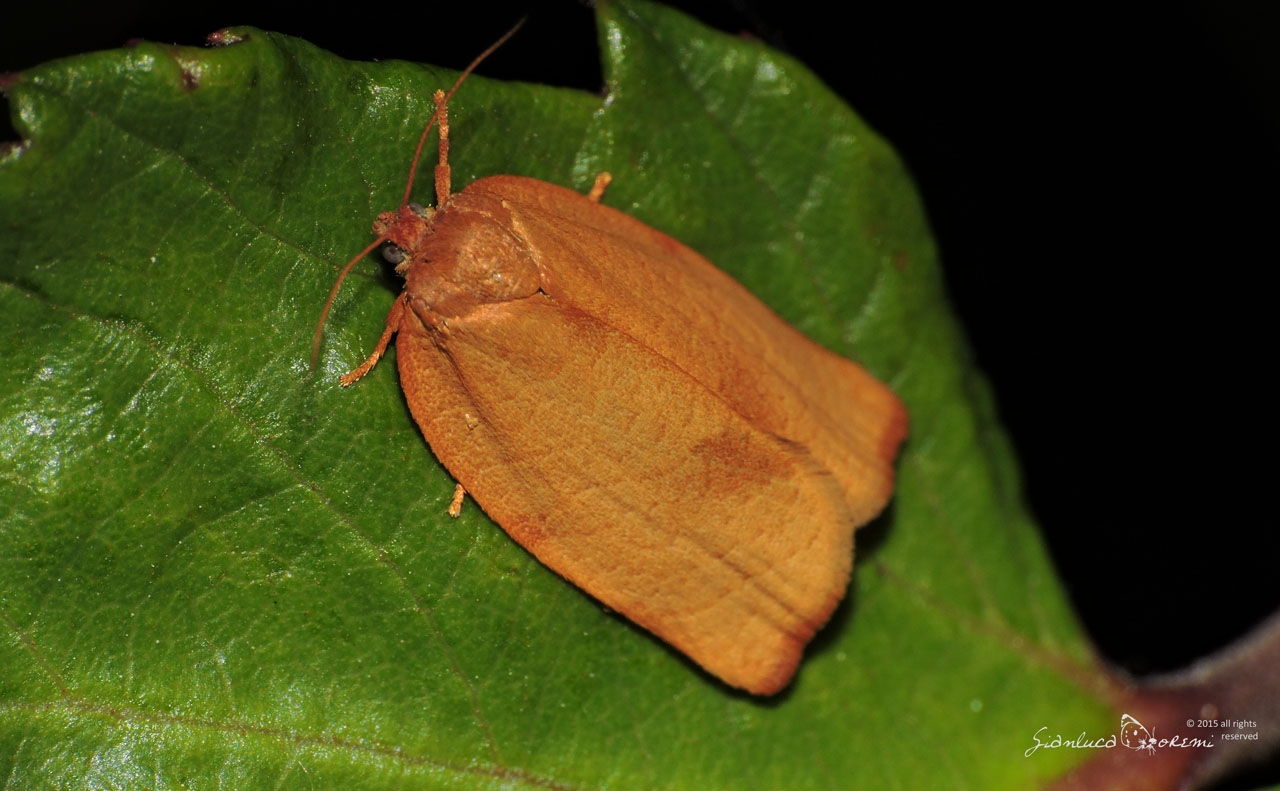


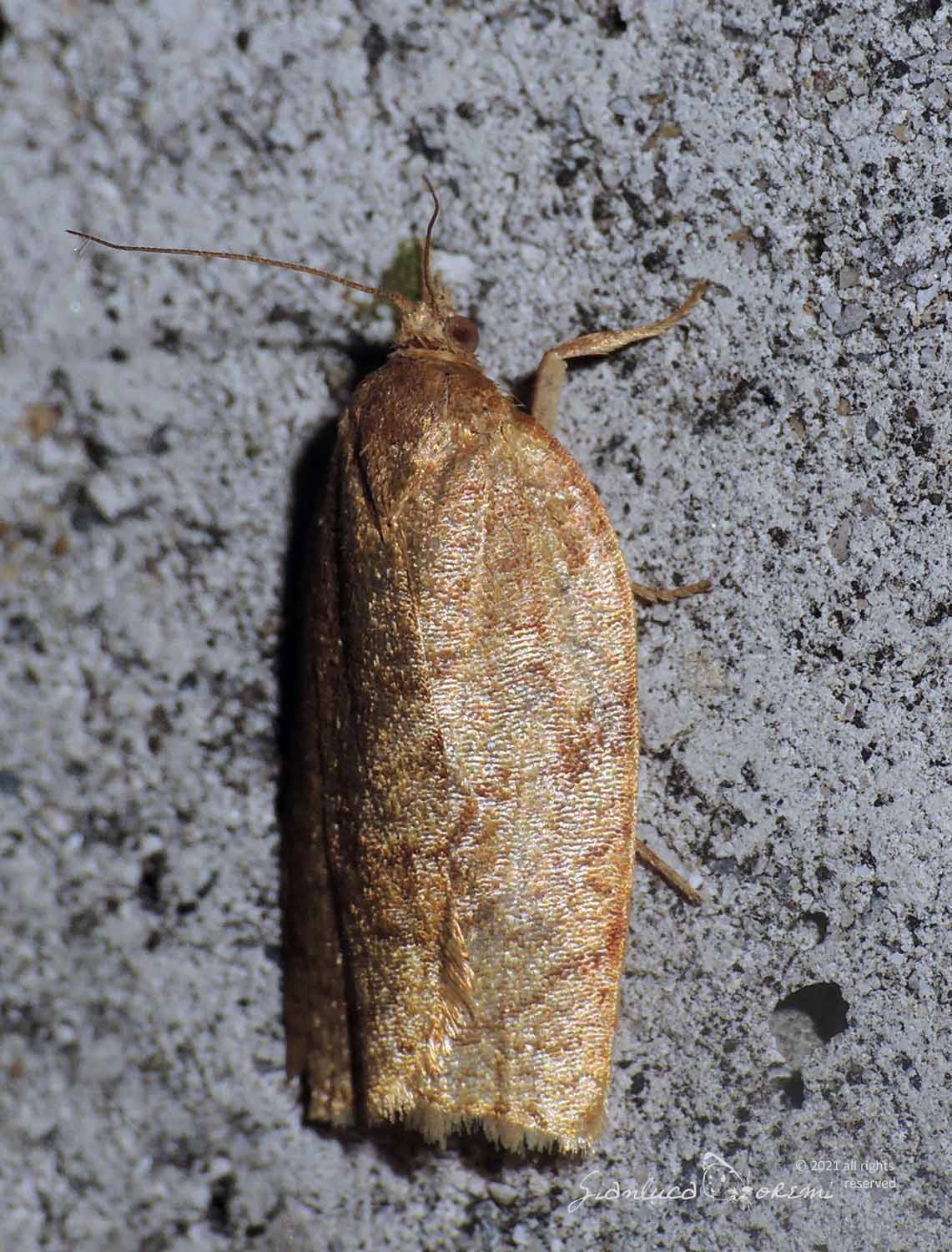

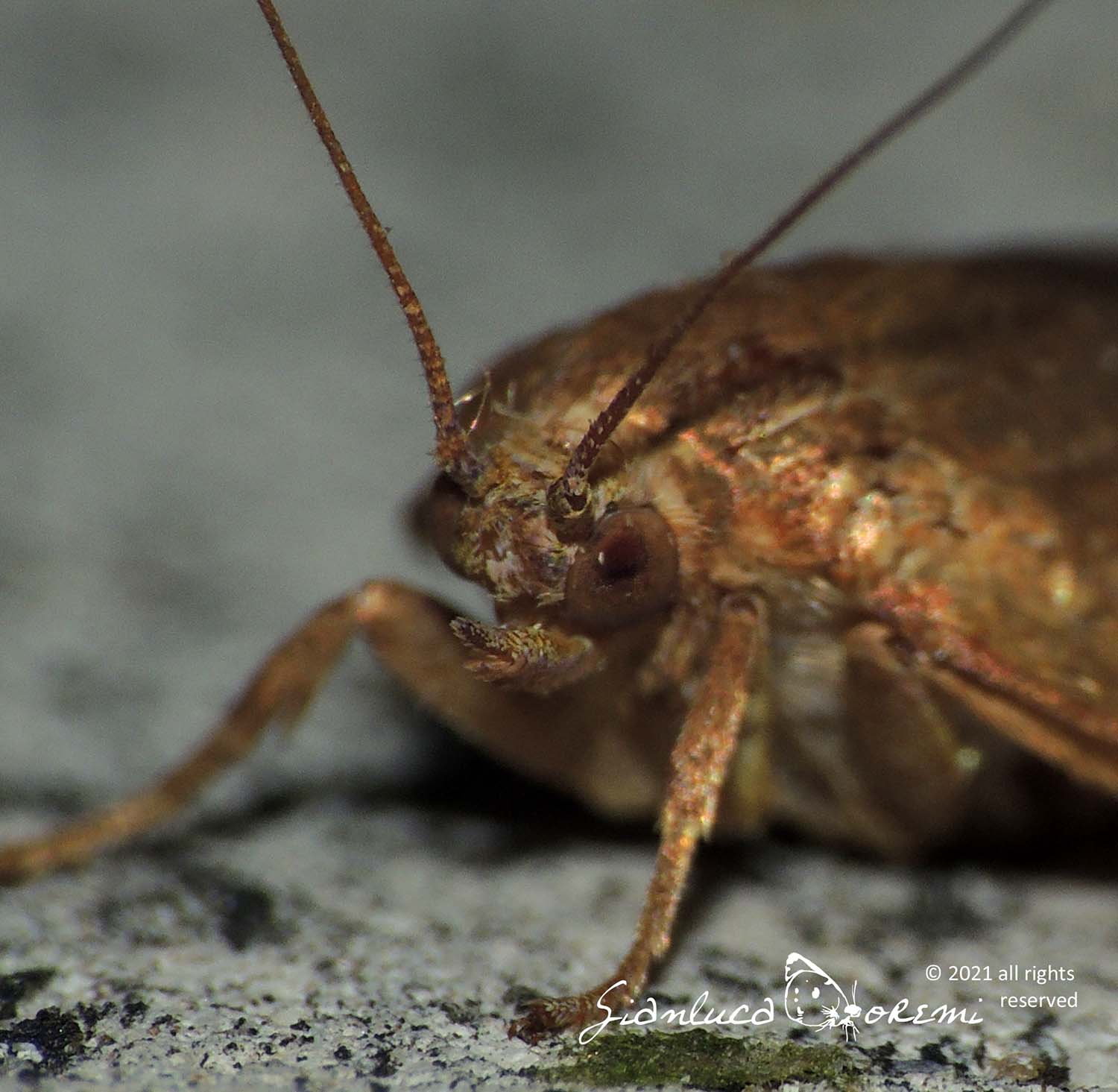
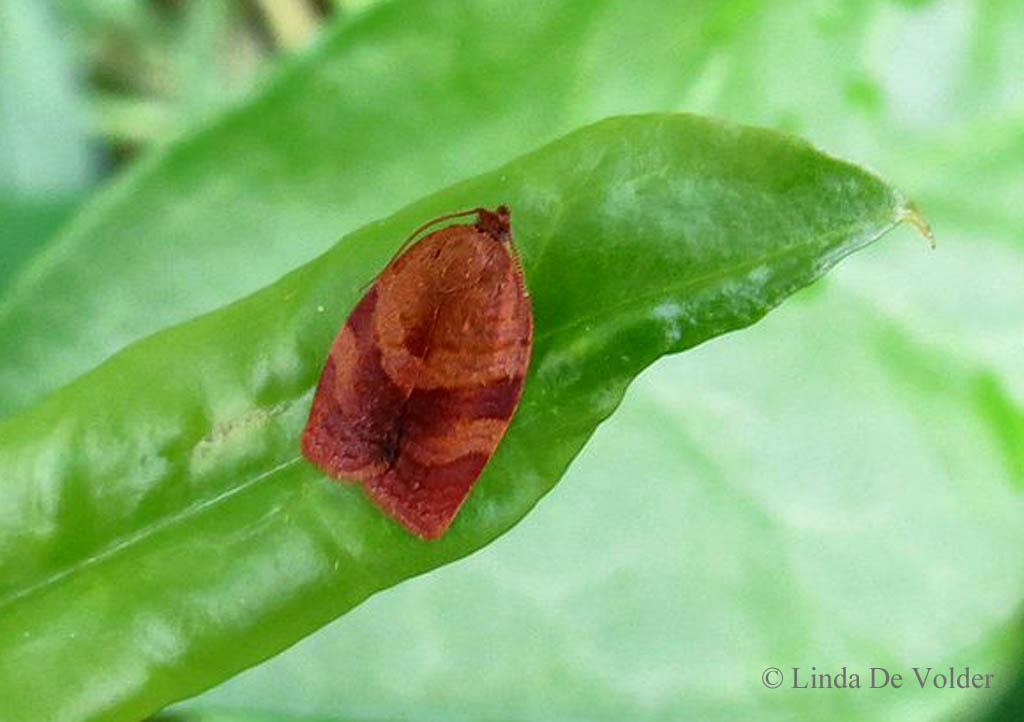
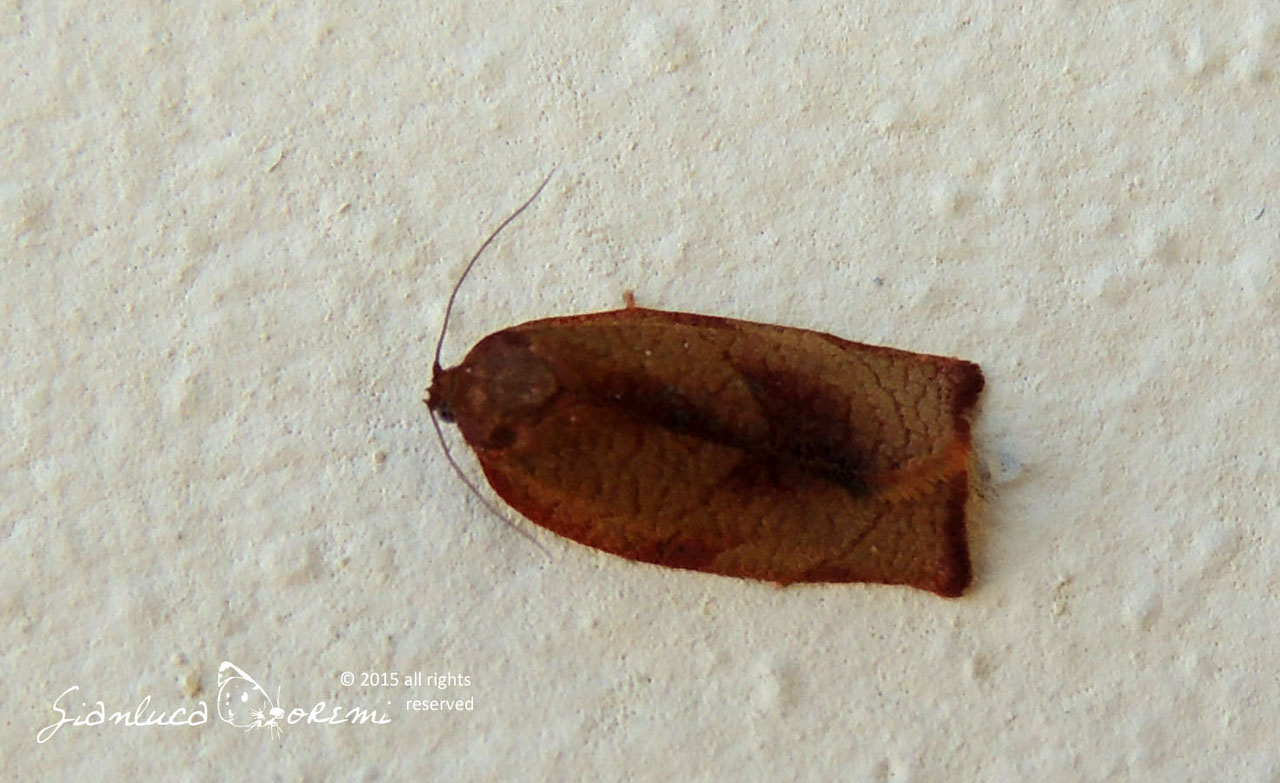
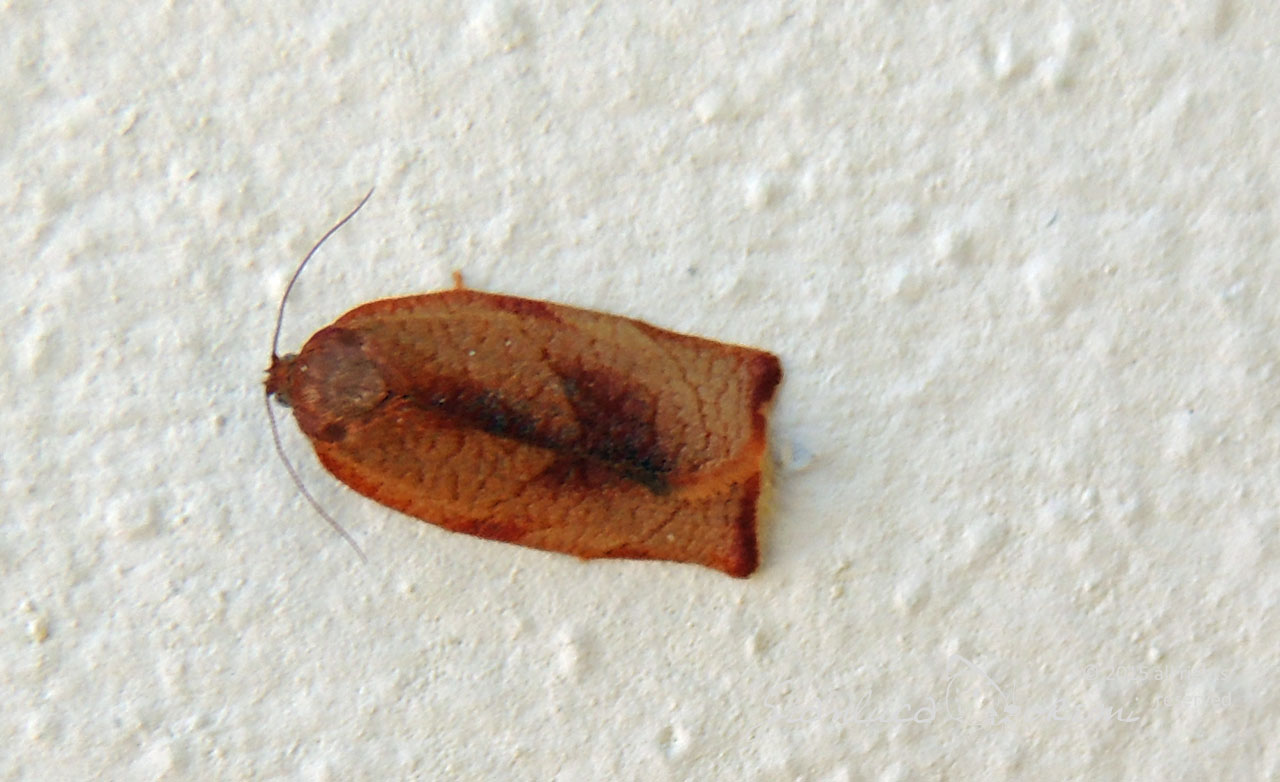
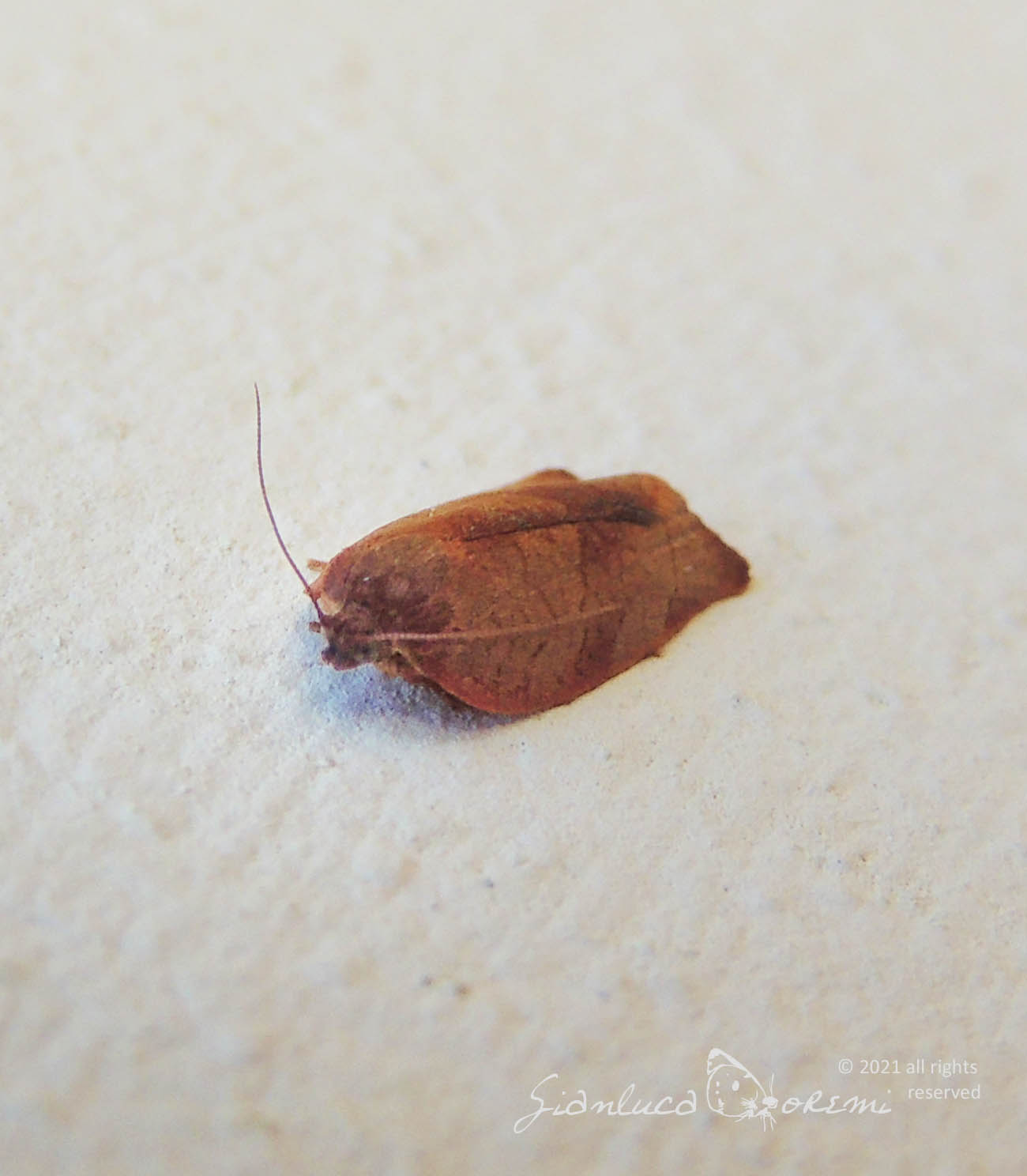
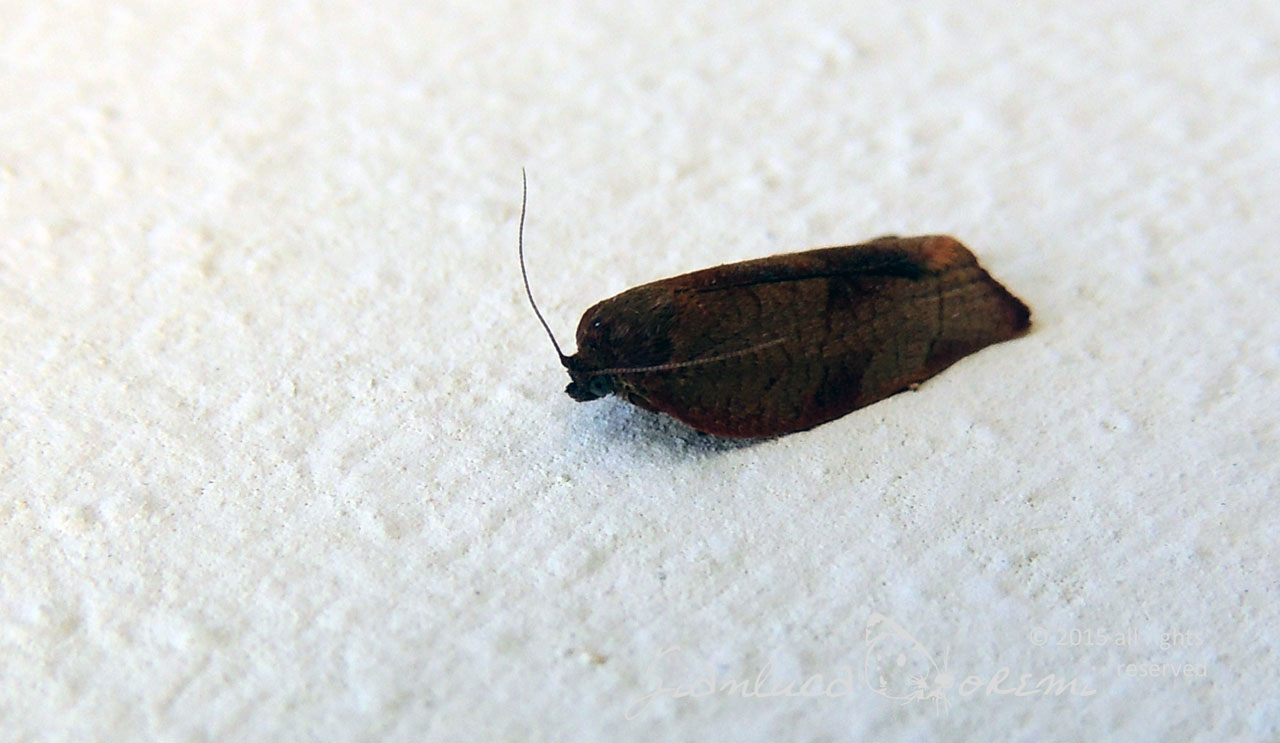
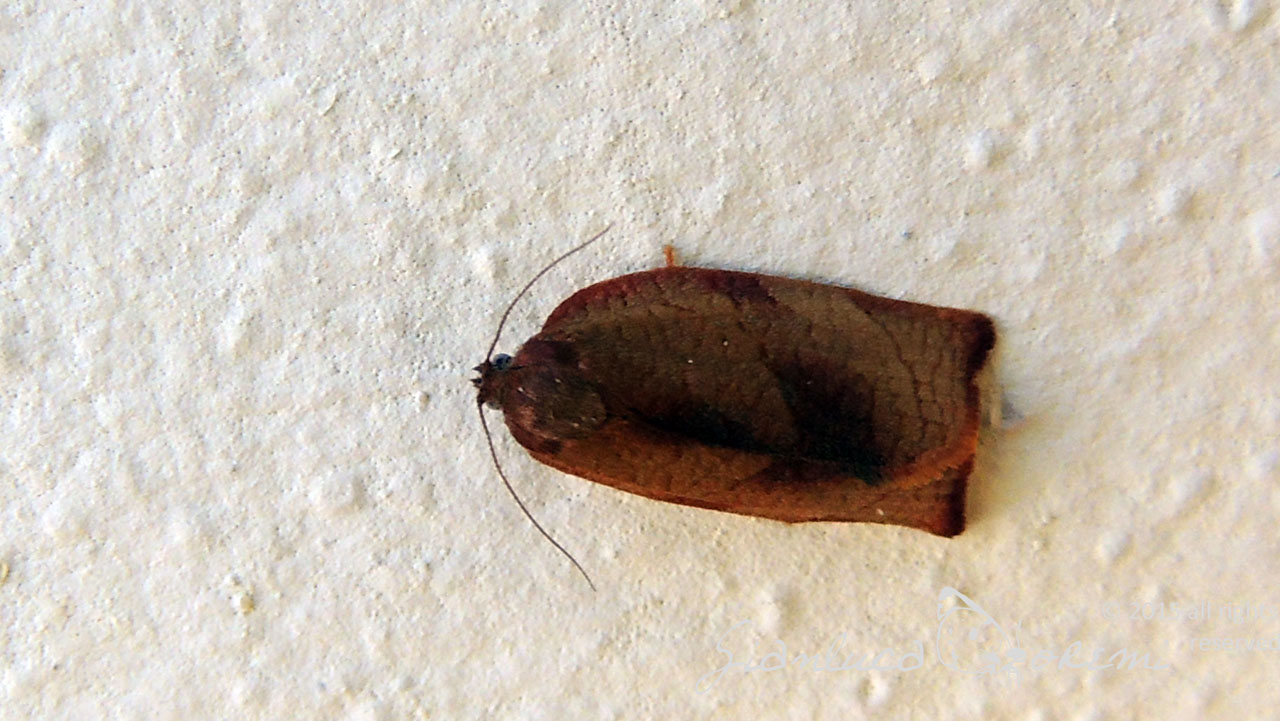
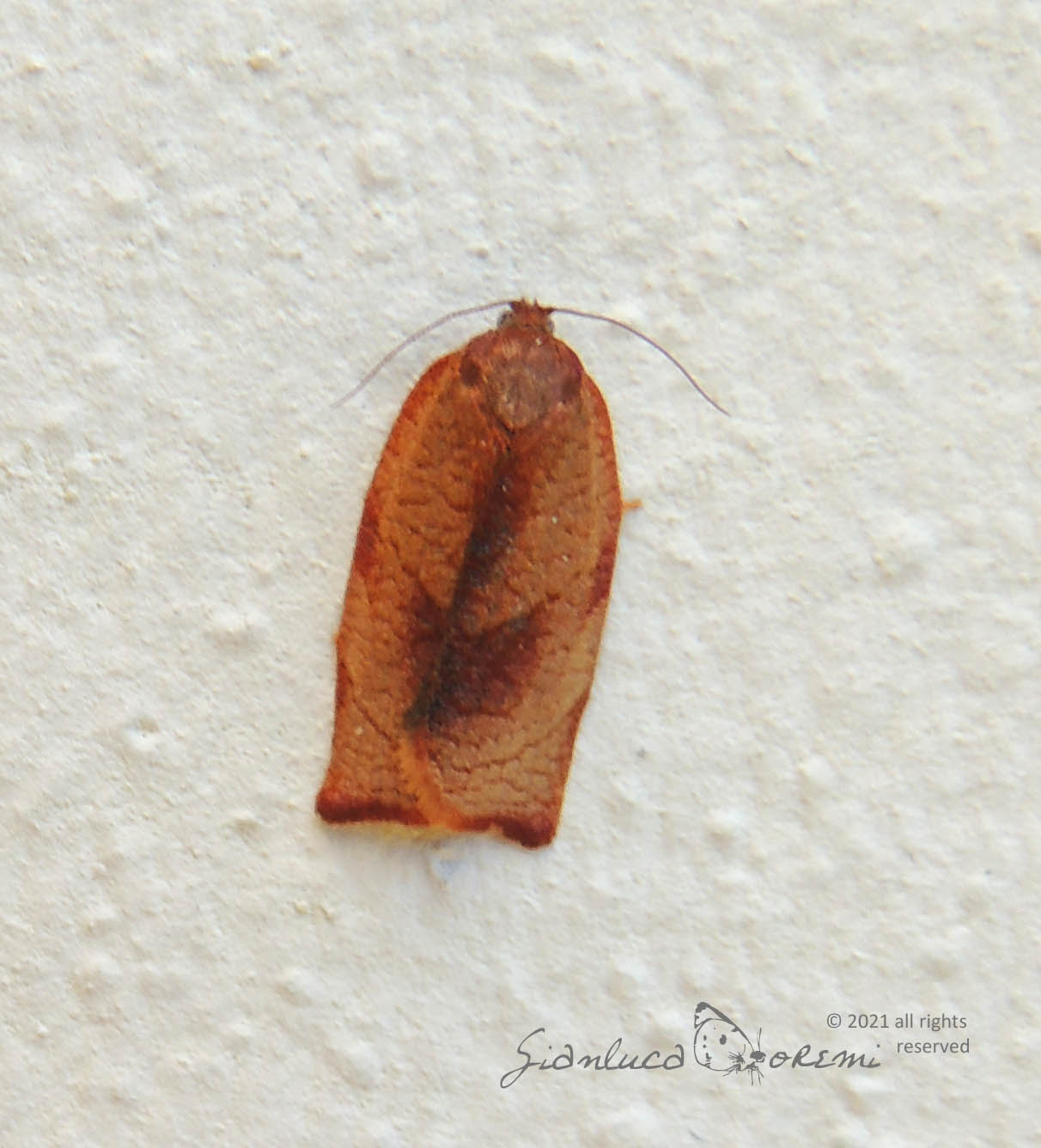

 EN
EN ITA
ITA
Social and publications